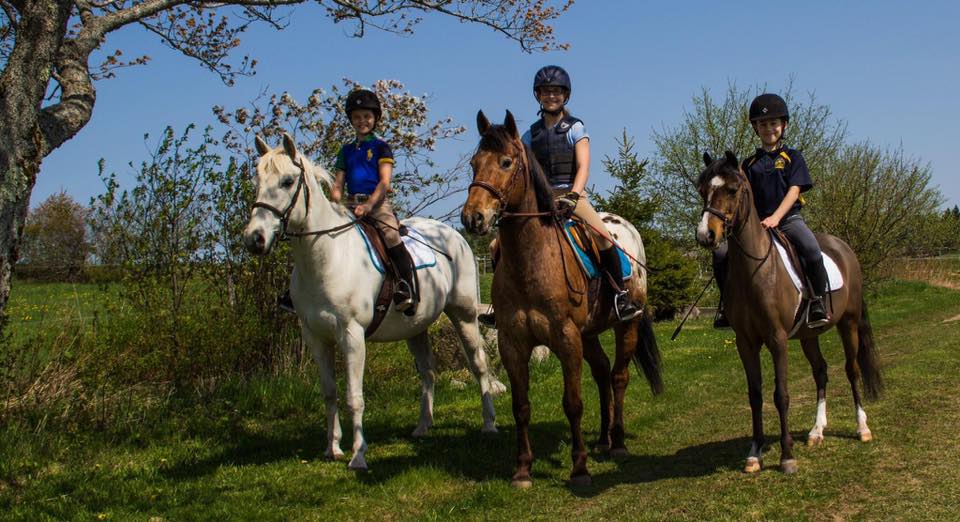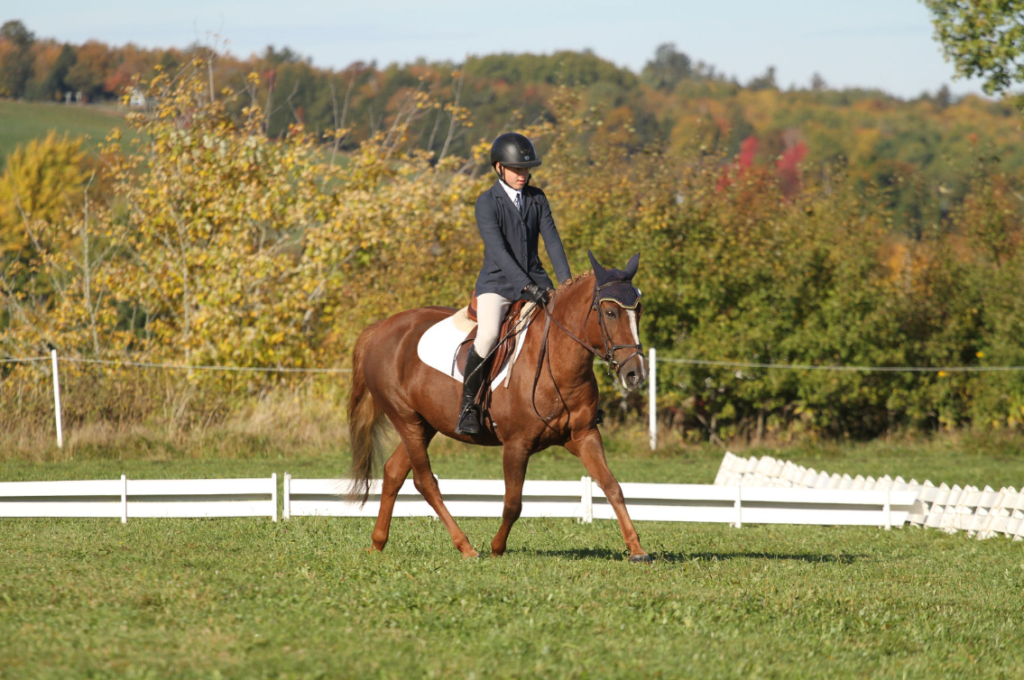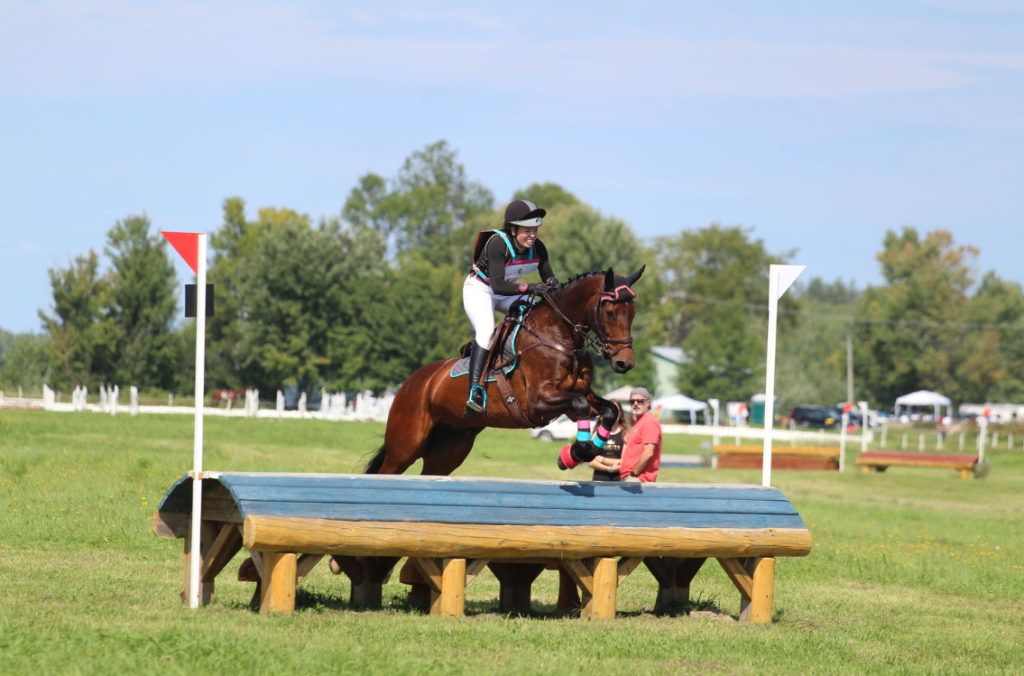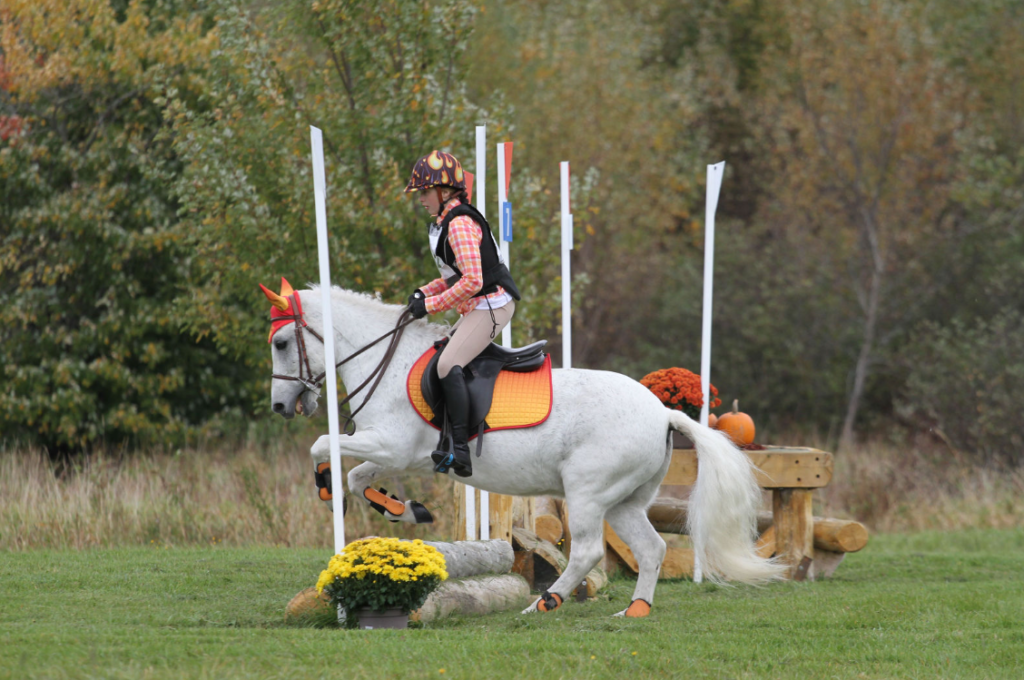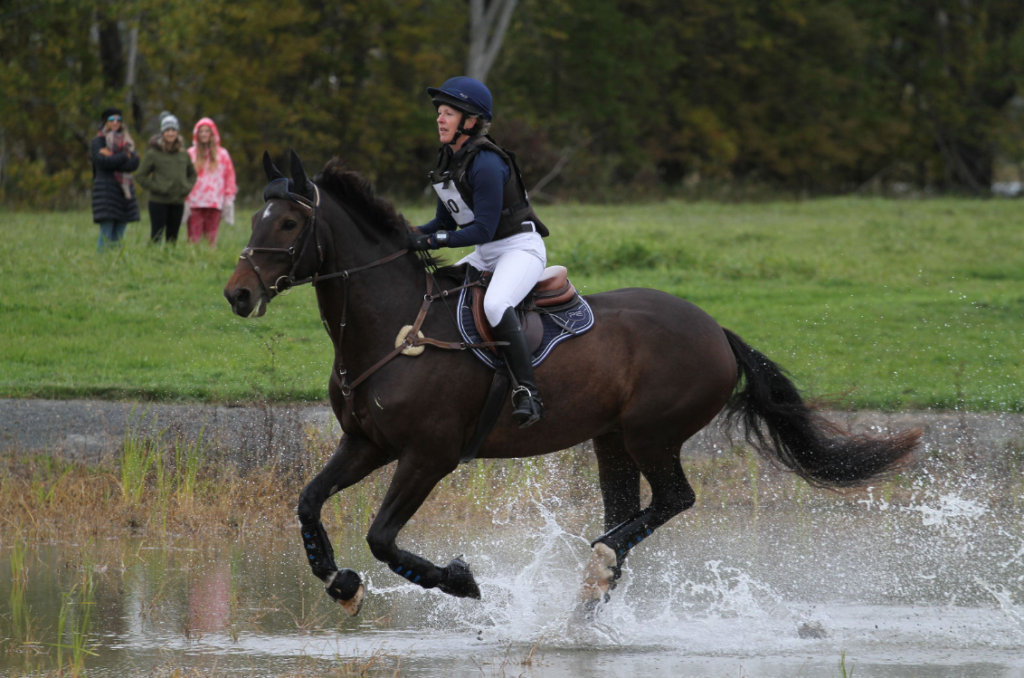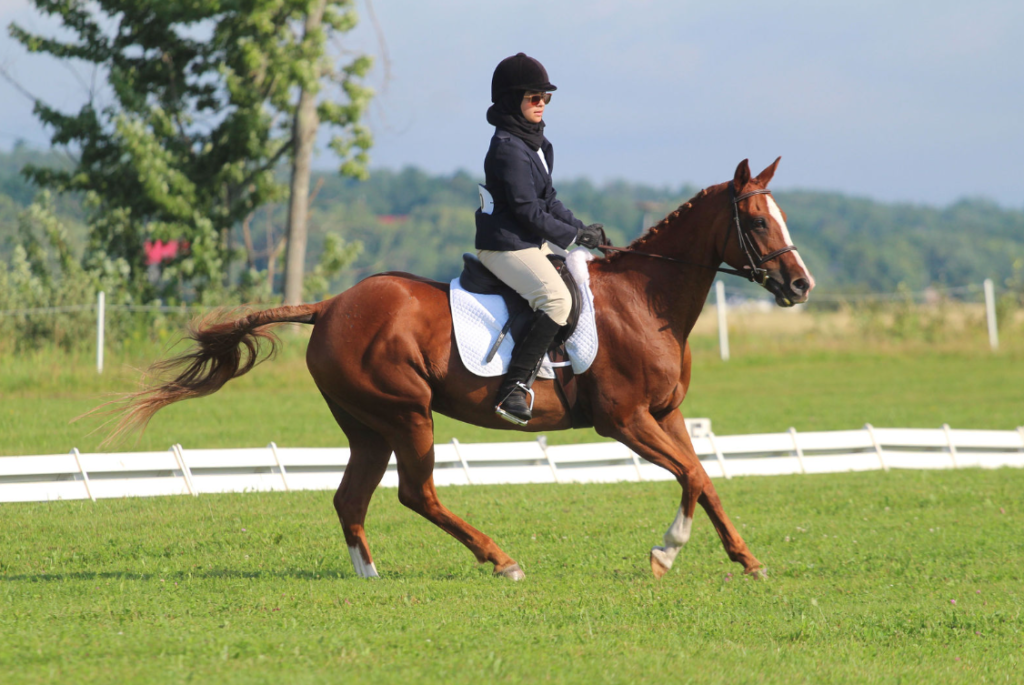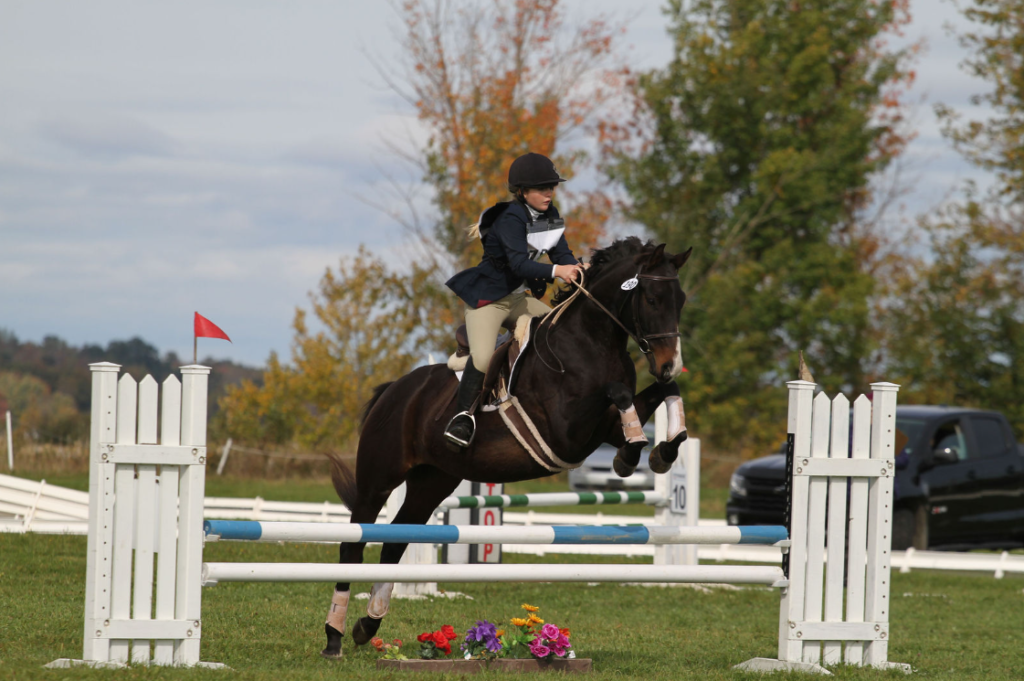Eventing is an Olympic equestrian sport consisting of three phases, historically held over three days. The rider must ride the same horse for all phases, a true test of rideability, courage, and carefulness. This sport has its roots in a comprehensive cavalry test which required mastery of several types of riding.
All phases have the potential to add penalty points, and the horse and rider combination with the lowest combined score over all three phases is the winner.
Eventing has 3 types of recognized competitions; Horsetrials/Events, Combined Tests and Derbies.
Horse Trial/Event
Dressage – Phase 1
Dressage is the figure skating of the equestrian world, where horse & rider perform a routine in an enclosed arena and are judged on their balance, rhythm, suppleness, and most importantly, the cooperation between horse and rider.
In low levels, tests are simple. They ask only for walk, trot and canter and large circles. At the higher levels, thepairs are asked for an array of lateral movements, and a very adjustable horse.
Each movement on the dressage test is marked out if ten, as well as overall impression marks. These are then converted into penalty points. The combination with the lowest score is the leader after dressage.
Cross Country XC – Phase 2
While most 1-day events run the cross-country phase last, it is traditionally the second, and most challenging, phase in Eventing. It requires both horse and rider to be in excellent physical shape and to be brave and trusting of each other. This phase consists of approximately 12–25 fences which consist of very solidly built natural objects (logs, stone walls, etc.) as well as, various obstacles such as ponds, streams, ditches, drops and banks. All based on objects that would commonly occur in the countryside.
Low level XC courses generally consist of a series of small logs, and the pace consistent with a lieserly
In this phase, points are added for run-outs and refusals, as well as being too fast, or too slow under optimum time.
Stadium Jumping – Phase 3
Show jumping is the final phase of eventing competition and tests the technical jumping skills of the horse and rider, including suppleness, obedience, fitness and athleticism. In this phase, 12–20 fences are set up in a ring. These fences are typically brightly colored and consist of elements that can be knocked down, unlike cross country obstacles.
In show-jumping, points are added for rails down, run-outs and refusals, as well as being too slow over the time allowed.
The dressage phase must be first, the cross country and show jumping phases may follow in any order.
Combined Test
The combined test consists of a dressage phase and a show jumping phase, in any order. A horse and rider pair counts as one entry, with combined dressage and jumping scores determining the outcome.
Derby or Combined Derby
Commonly, derbies include only one phase: a jumping phase that includes cross country and show jumping elements. However, derbies may also include a dressage phase (combined derby). Combined scores for horse and rider pair determine the outcome.
Find more information about the sport:
Discover Eventing – and informative site offered by USEA. Note some information is specific to USA competitions.
